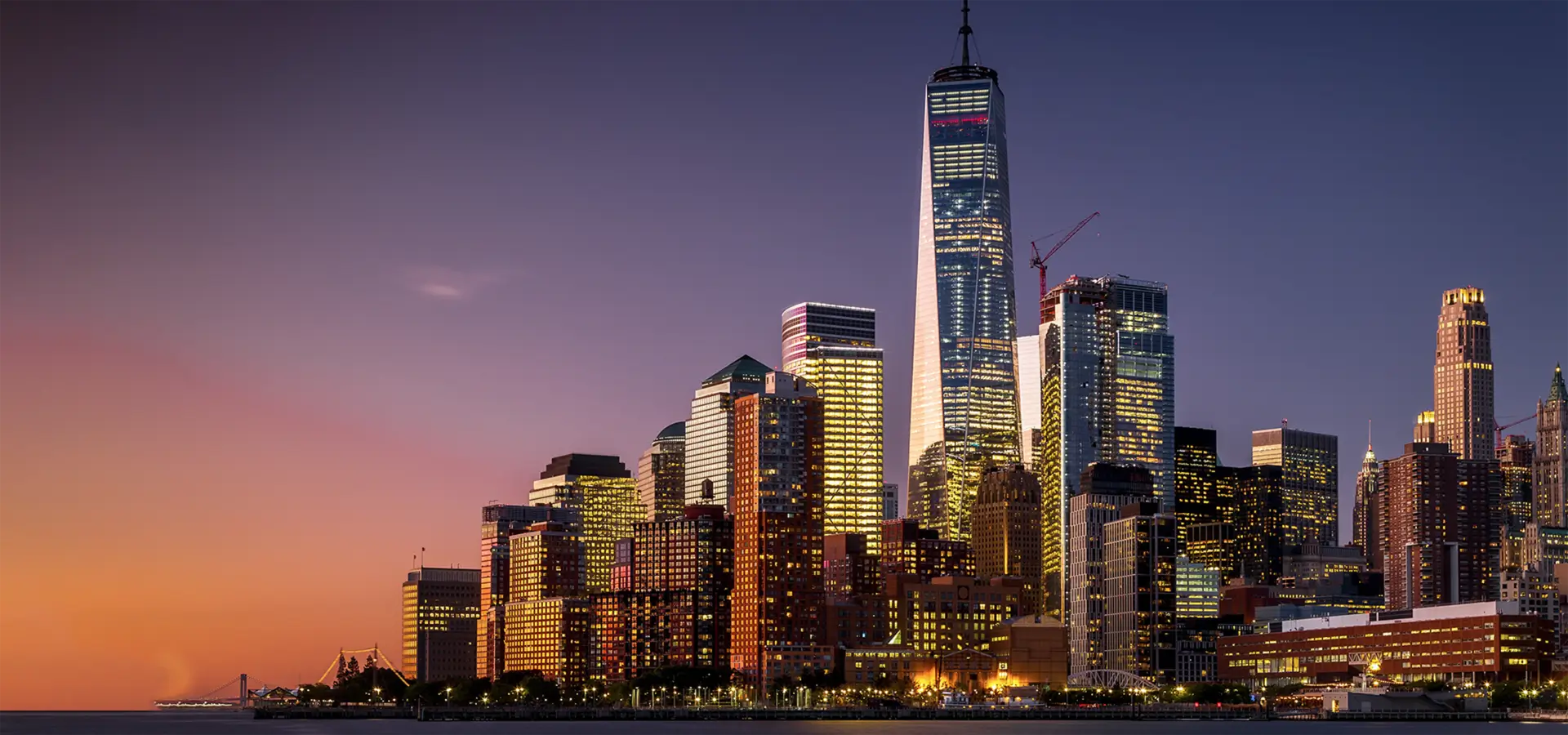

Understanding Low-E Impact Glass A Perfect Blend of Innovation and Protection
In today’s world, where energy efficiency and sustainability are paramount, Low-E (low emissivity) impact glass has become a preferred choice for homeowners and builders alike. This remarkable material not only enhances energy performance but also provides significant protection against environmental factors. In this article, we will explore what Low-E impact glass is, its benefits, applications, and why it is essential in modern construction and design.
What is Low-E Impact Glass?
Low-E glass is specially treated to minimize the amount of infrared and ultraviolet light that can pass through it without compromising the amount of visible light entering the space. The Low-E refers to the low level of emissivity, which is a measure of how well a surface emits energy as thermal radiation. Impact glass, on the other hand, is designed to resist shattering under extreme conditions, such as storms or forced entry. Combining these two features, Low-E impact glass offers a robust solution that safeguards homes while optimizing energy usage.
Benefits of Low-E Impact Glass
1. Energy Efficiency One of the primary advantages of Low-E impact glass is its ability to reflect heat back into the living space during winter and keep it out during the summer. This quality significantly reduces heating and cooling costs, making it a cost-effective solution over time.
2. UV Protection Low-E coatings block a high percentage of harmful ultraviolet (UV) rays, which can cause fading of furniture, carpets, and artwork. By using Low-E impact glass, homeowners can preserve the integrity and vibrancy of their interiors.
3. Noise Reduction The composition of impact glass provides a degree of sound insulation. It serves as an effective barrier against external noise, contributing to a more serene indoor environment. This is particularly beneficial in urban areas or locations near busy roads.

4. Safety and Security With enhanced strength and durability, Low-E impact glass can withstand harsh weather conditions and potential impacts from debris or forced entry attempts. This added layer of security offers peace of mind to homeowners, making it an ideal choice for regions prone to hurricanes or high winds.
5. Sustainability As awareness grows regarding climate change and environmental sustainability, materials that contribute positively to energy conservation are increasingly valued. Low-E impact glass is not only energy-efficient but also helps in reducing the overall carbon footprint of a building.
Applications of Low-E Impact Glass
Low-E impact glass can be used in various applications across residential and commercial buildings. In homes, it is commonly installed in windows and sliding doors to enhance energy efficiency and safety. In commercial settings, it is prevalent in storefronts and office buildings, offering both aesthetic appeal and functional benefits.
Furthermore, Low-E impact glass is becoming increasingly popular in green building practices. Many architects and builders incorporate this material into their designs to comply with energy efficiency standards and sustainability certifications, such as LEED (Leadership in Energy and Environmental Design).
Conclusion
Low-E impact glass represents a significant advancement in construction materials, providing a unique combination of energy efficiency, UV protection, safety, and aesthetic appeal. As society continues to prioritize sustainability and safety, incorporating Low-E impact glass into building designs will undoubtedly become a standard practice. Homeowners and builders who choose this material will not only enjoy reduced energy costs but also contribute to a more sustainable future, creating comfortable, efficient, and safe living environments. Investing in Low-E impact glass is not just a choice; it is a commitment to a better, greener tomorrow.